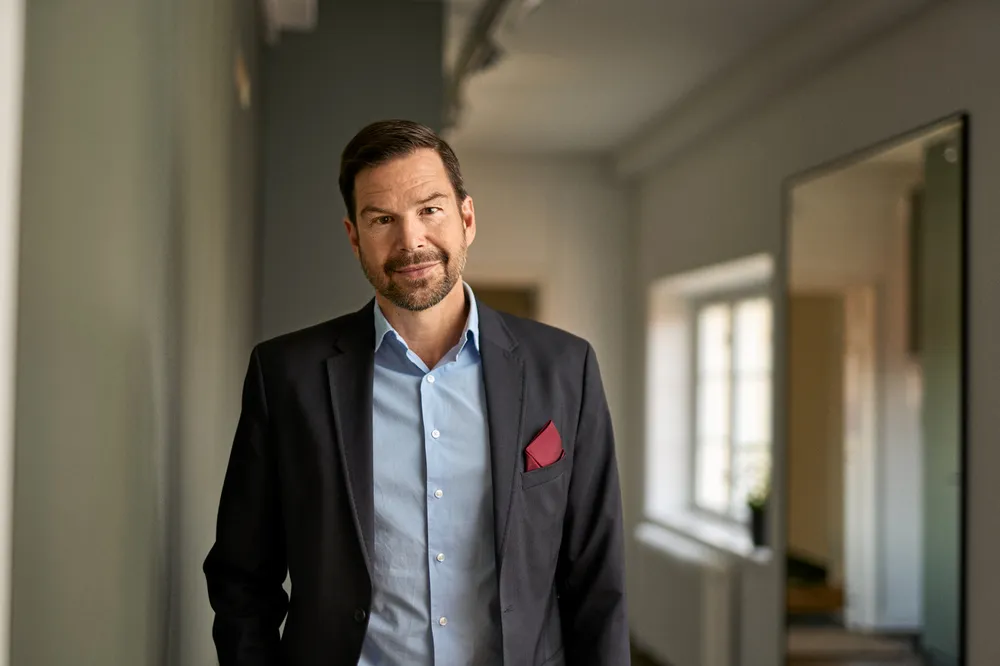INTERVIEW | 'Our hydrogen-based green steel could be cost-competitive with dirty equivalents within ten years. Here's how'
Europe’s carbon border taxes open the door for zero-emissions production of the alloy domestically, argues H2 Green Steel

Europe’s carbon border taxes open the door for zero-emissions production of the alloy domestically, argues H2 Green Steel
